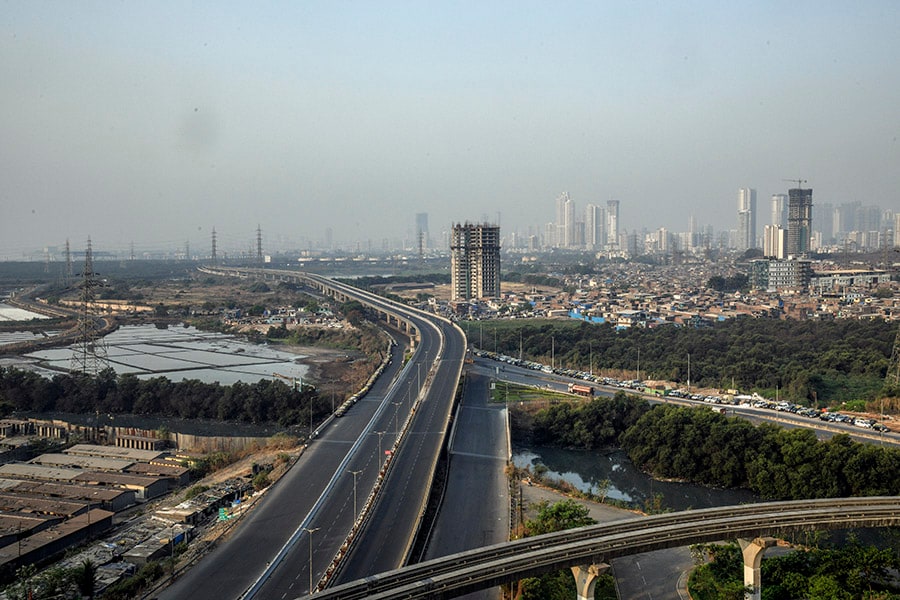
India, Day 1: How the world's largest coronavirus lockdown could impact the economy
India's 1.3 billion people have been told to stay at home. For some, it will mean starving, and an already fragile economy may collapse
 The eastern expressway in Mumbai, India, on Wednesday, March 25, 2020. It is the first day of the world’s biggest coronavirus lockdown, 1.3 billion people — nearly a fifth of humanity — ordered to stay inside unless vitally necessary. Image: Atul Loke/The New York Times
The eastern expressway in Mumbai, India, on Wednesday, March 25, 2020. It is the first day of the world’s biggest coronavirus lockdown, 1.3 billion people — nearly a fifth of humanity — ordered to stay inside unless vitally necessary. Image: Atul Loke/The New York Times
NEW DELHI — India’s economy was sputtering even before its leader announced the world’s largest coronavirus lockdown. Now the state-ordered paralysis of virtually all commerce in the country has put millions of people out of work and left many families struggling to eat.
On the first day of the nationwide 21-day shutdown of nearly all services Wednesday, the streets of Mumbai, India’s largest metropolis — usually so busy it is known as Maximum City— were silent. Shuttered shops, empty train tracks, closed airports and idle factories all across the country were signs of the economic impact of the social distancing that the Indian government said was necessary to prevent new coronavirus infections.
India has reported 606 coronavirus cases so far, but with the population density so high and the public health system so weak, Prime Minister Narendra Modi ordered the country’s 1.3 billion residents to stay inside to keep India from sliding into a disaster that could potentially dwarf what China, Italy, Spain, the United States and other countries have faced.
But Modi’s effort to prevent the spread of the virus will lead to its own calamitous damage.
Manual laborers have no work, farmers cannot tend fields, online retailers and pharmacists have been harassed by overzealous police officers. Countless people have been running out of cash.
©2019 New York Times News Service




